Taking Photos and Videos at the Ten Landmarks of Jeonju
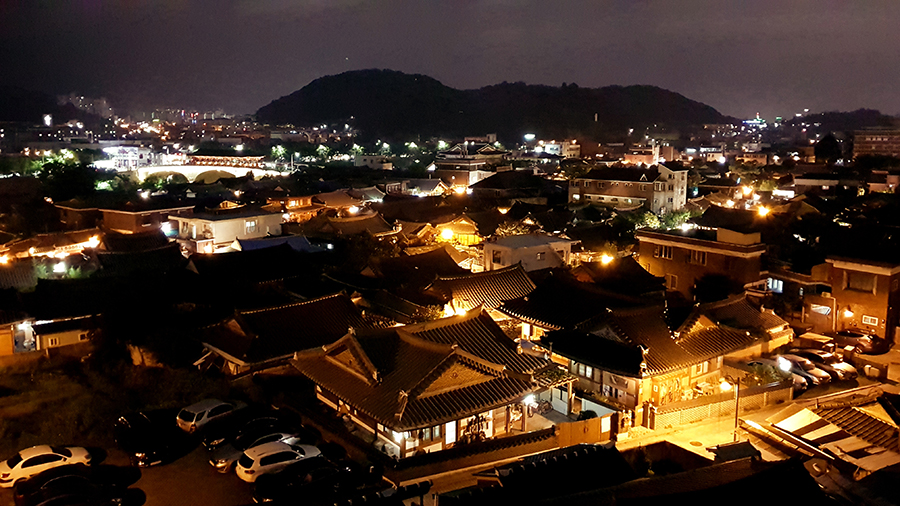
Jeonju is not just about gourmet food and street food. Jeonju is also filled with history, cultural heritage, and tourist attractions. Tourists take instagrammable photos at the city’s landmarks. Browsing through the photos and videos from your last trip will be a pleasant reminder in the busy everyday life. Today, I’ll introduce ten landmarks of Jeonju where you can take such nice photos and videos.
Gyeonggijeon Shrine
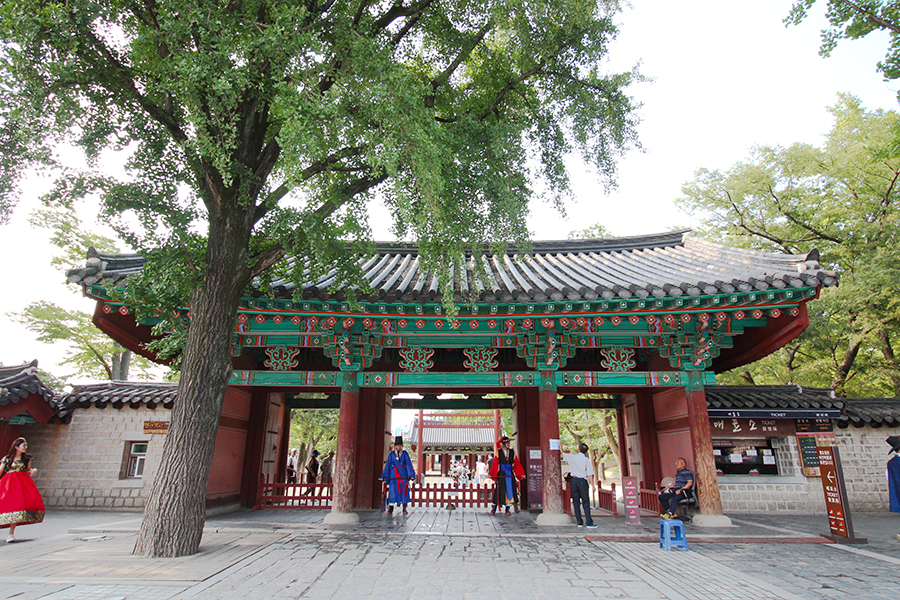
Gyeonggijeon Shrine is one of the most famous landmarks in Jeonju. The shrine is built in 1410 to enshrine the portrait of Taejo (the founder of Joseon Dynasty). The Royal Portrait Museum and Jeonju Sago (archive of the Annals of Joseon Dynasty) are also located here. The shrine is also famous for seasonal flowers and trees, making it popular site for both visitors and locals who love to take photos.
Jeondong Cathedral
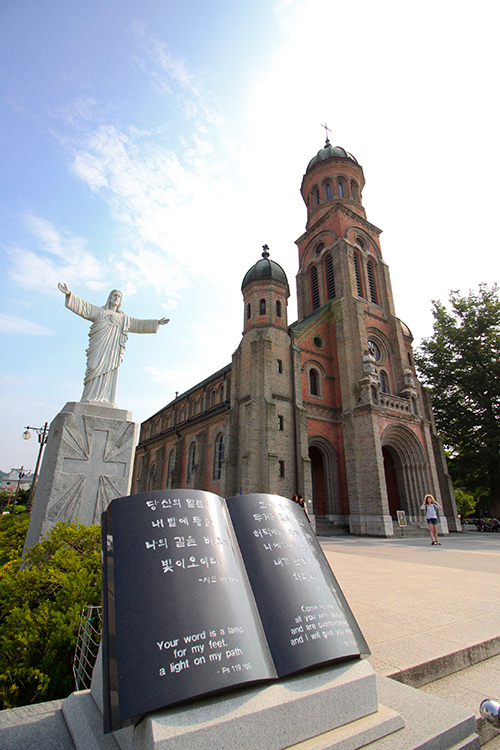
Jeondong Cathedral is located at the entrance of Jeonju Hanok Village. The cathedral is a beautiful Romanesque-style red brick building rising high above the black-tiled roofs of the traditional Korean hanok buildings. The cathedral is built on the historic site of the first martyrdom in Korea. Visitors in hanbok (Korean traditional costume) always take photos here.
Pungnammun Gate
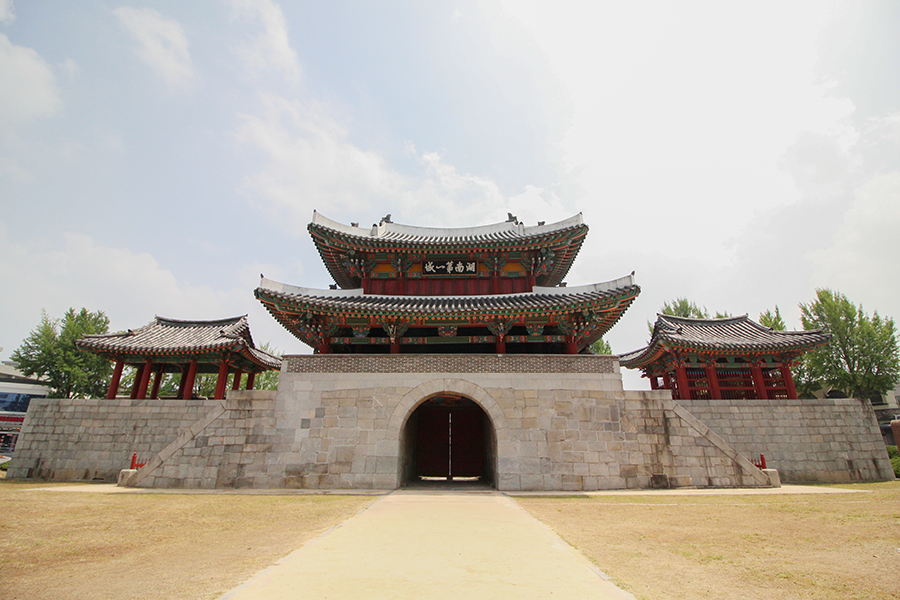
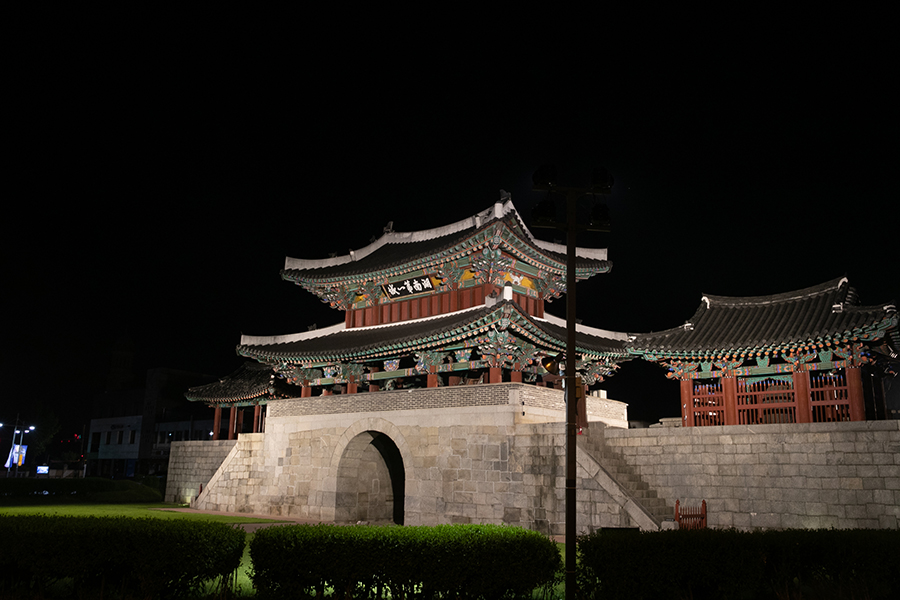
Pungnammun Gate is the only remaining gate of Jeonju Castle. It was first built during Goryeo Dynasty (918~1392). The gate was destroyed during the Japanese Invasion of Korea in 1597~1598, but rebuilt in 1768 and named “Pungnammun”. The gate is also architecturally significant.
Jeonju Hyanggyo (Confucian School)

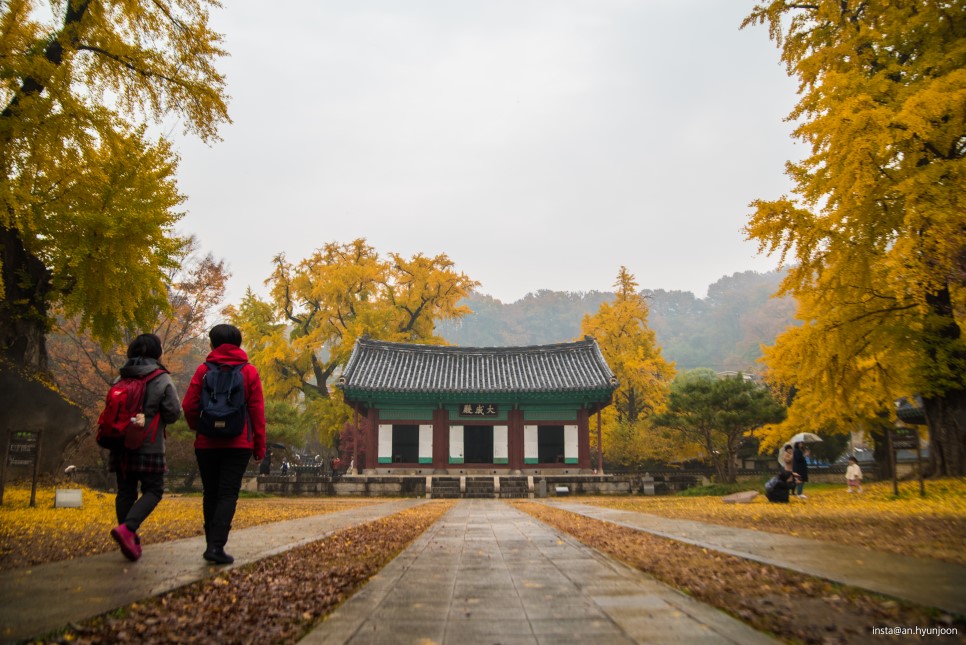
Built in 1354, Jeonju Hyanggyo is almost 670 years old Confucian School. “Hyanggyo” is equivalent to today’s high school. Jeonju Hyanggyo is famous for the giant 400 years-old gingko trees that cover the main courtyard with yellow leaves every autumn. The gingko trees, which repel insects, symbolize incorruptible spirit of the Confucian scholars. Today’s Jeonju Hyanggyo runs various programs on the Confucian manners for visitors.
Hanbyukdang Pavilion

Hanbyukdang Pavilion is built on the cliff overlooking Jeonjuchun River. The fog running into the rocky cliff was considered one of the most beautiful sceneries of Jeonju. In the past, the Confucian scholars visited the pavilion to get inspired by the scenery and play music. Nowadays, the pavilion is a rest area for people walking the trail surrounding Jeonju Hanok Village.
Namchungyo Bridge and Cheongyeonru Pavilion
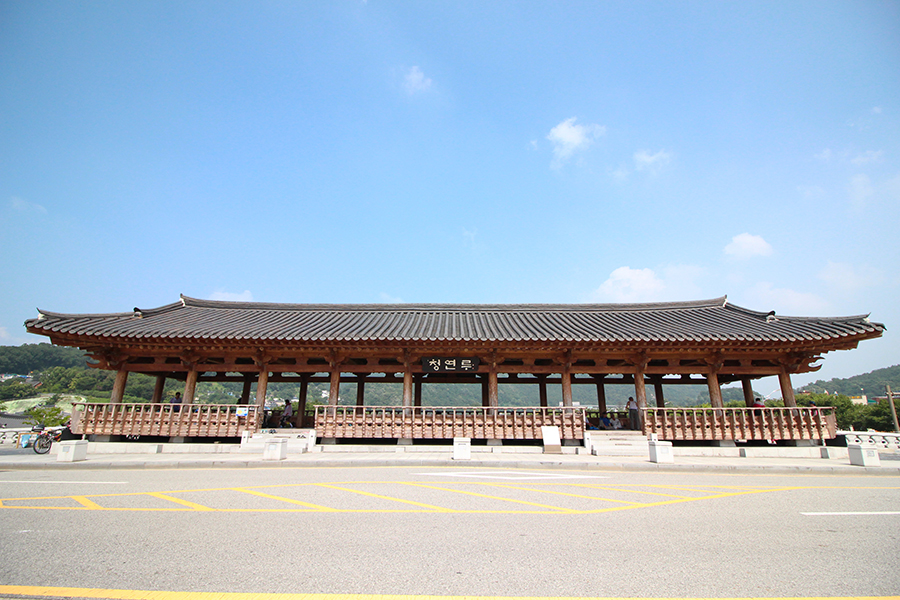
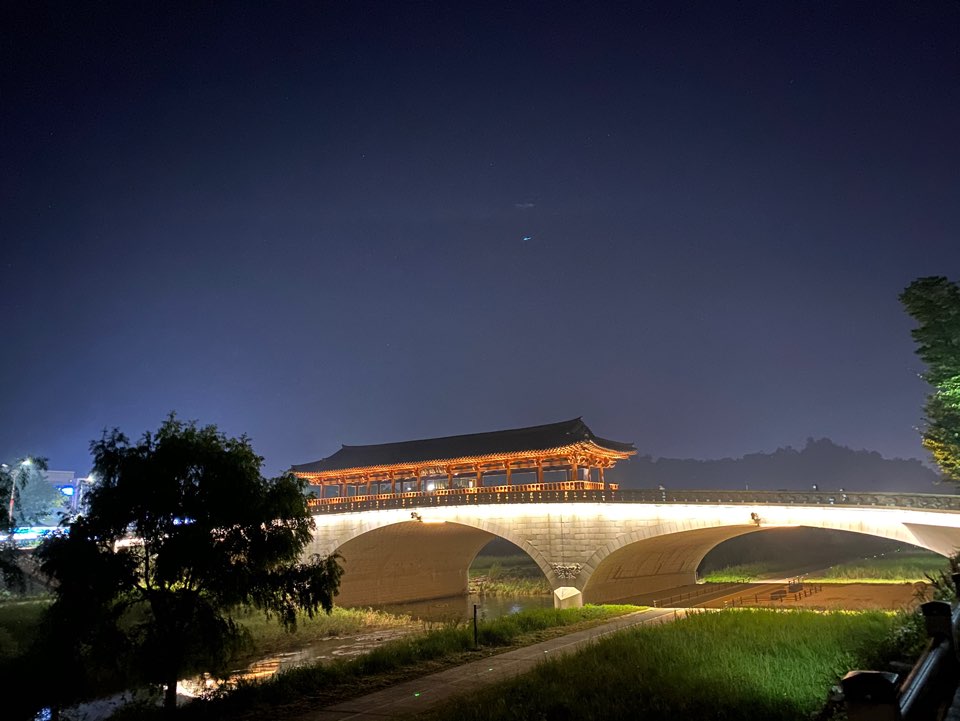
Namchungyo Bridge links Jeonju Hanok Village and Seohak Artist Village. And Cheongyeonru Pavilion rises in the middle of the bridge. During the daytime, the visitors enjoy the breeze blowing over the river. In the evening, the lightings and the night view are beautiful here.
Nambu Market and Cheongnyon (Youth) Mall

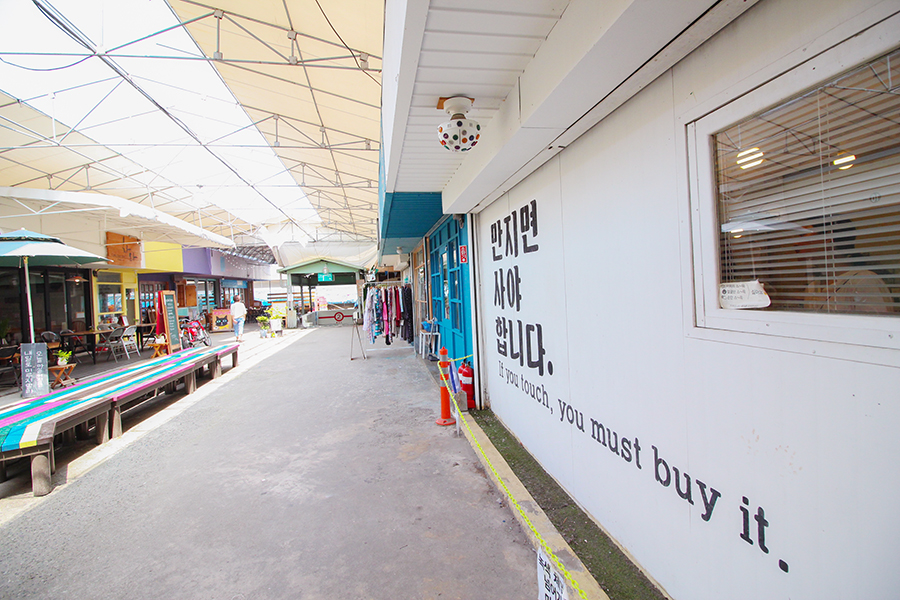
The youthful image of Jeonju is probably from Cheongnyon (Youth) Mall. The mall is built on the almost-abandoned second-floor of Nambu market in 2012 to revitalize traditional markets with the young entrepreneurs with most unique ideas. Now, it’s bustling with visitors from all over Korea (and the world, before the coronavirus). The mall has served as a role model for revitalising traditional markets all over Korea.
The success of young Cheongnyon Mall was possible thanks to the support of the traditional Nambu Market on the first floor. At the Nambu Night Market, held every Friday and Saturday evening, you may find the most unique food and crafts vendors.
Jaman Mural Village
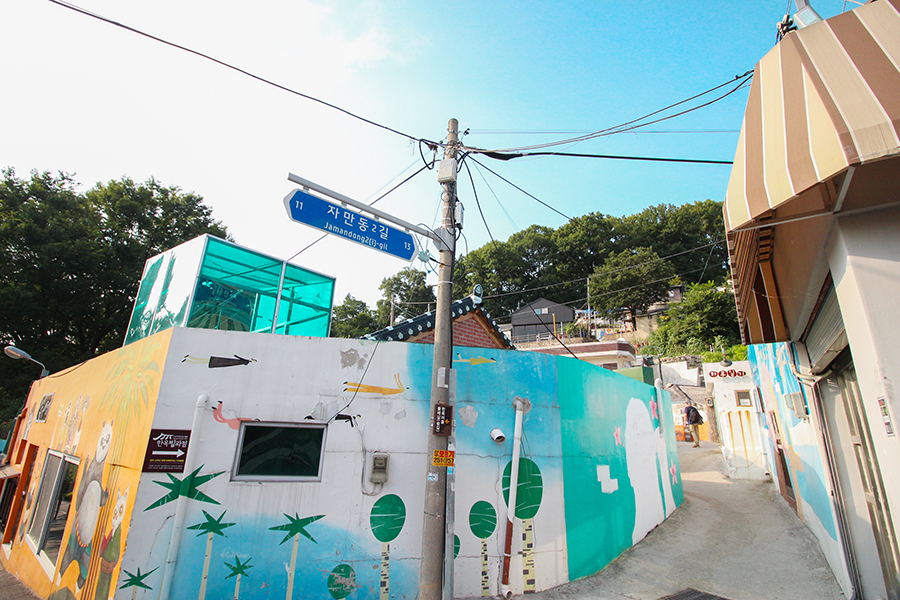
Jaman Mural Village is a must visit if you like to take photos. The village used to be a shantytown, but now it’s a popular tourist destination, thanks to the murals depicting animation and movie characters. It’s also pleasantly surprising to unexpectedly come across unique craftwork shops or local cafés and teahouses in Jaman Mural Village.
Deokjin Park
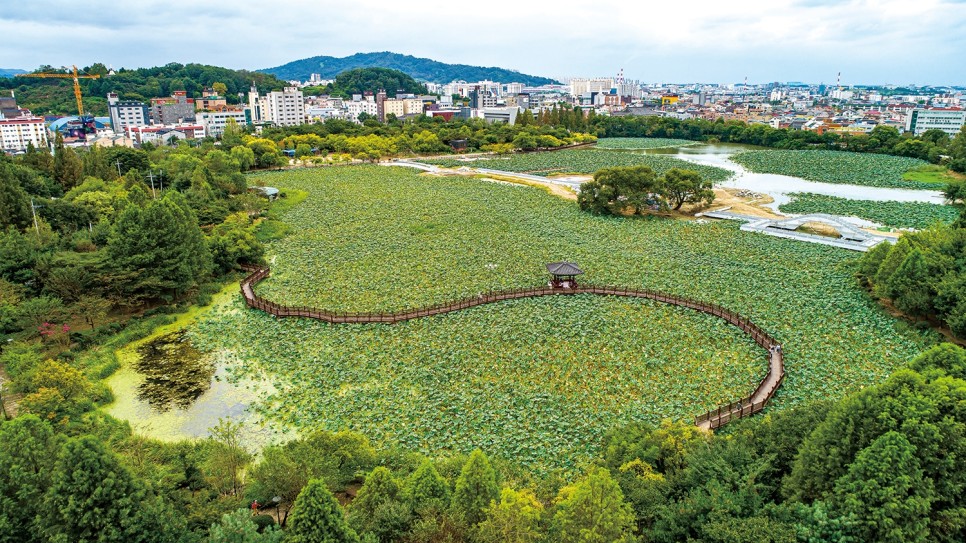
Outside Jeonju Hanok Village, Deokjin Park is also popular. The park is famous for Deokjin Lake, covered with blooming lotus flowers every summer. For the locals, the park is also remembered as their childhood school trip destination.
Jeonju Train Station
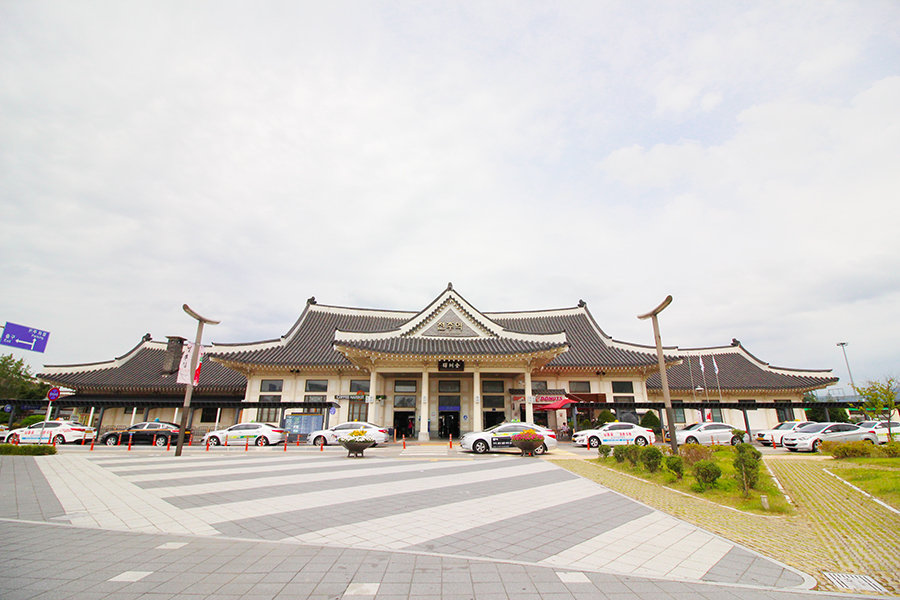
This is Jeonju Train Station. If you take train to Jeonju, this is where you start your visit to the most traditional city in Korea. Most visitors start their visit by taking a photo or a video in front of the hanok-style station building.
I wish you make lots of wonderful travel memories at the landmarks of Jeonju!



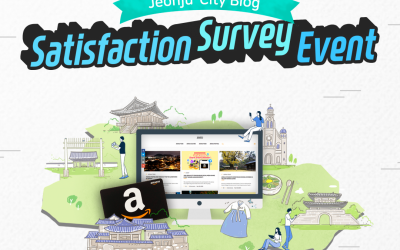
13 Comments